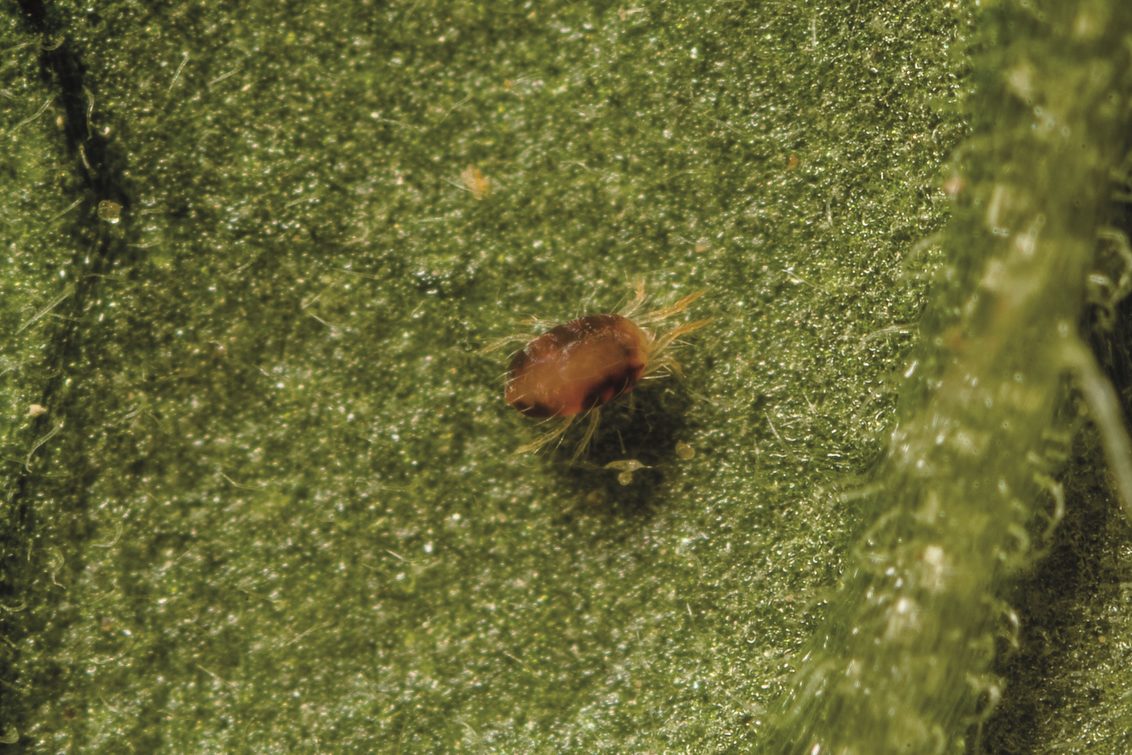Insecticide resistance: let groups be your guide
In my last blog I looked at why repeated use of insecticides with the same mode of action can lead to resistance evolving in pest populations.
A mutation which makes a pest resistant to a particular active substance often confers resistance to other actives that share similar chemistry or are designed to target the same area of the pest’s biochemistry, a phenomenon known as cross-resistance.
The enzymes and other molecules that an active substance is aimed at, however, are much larger than the insecticide molecules themselves, so should resistance develop to all the actives working on one area of an enzyme, it won’t necessarily cause cross-resistance to those focused on another part of the same enzyme. In some cases resistance to one group of actives can actually make the pest more sensitive to another – that’s called negative cross-resistance.

The potential for resistance is also affected by factors such as the persistence of the insecticide on the crop or in the environment.
All these factors are taken into account by an international expert panel, the Insecticide Resistance Action Committee (IRAC). Syngenta and other manufacturers work with IRAC to classify every insecticide into ‘resistance groups’ based on their shared chemistry and the likelihood of cross-resistance evolving against them. They include biopesticides as well as chemical products.
By selecting products from different groups you can draw up spray programmes and management strategies that minimise the resistance risk. For example, you could consider applying products with different modes of action according to different stages in a pest’s life cycle or a crop’s development. There may be little risk of resistance from applying successive sprays of an active against a particular life-stage of a pest, such as larval feeding, as long as you then choose a different mode of action for later stages or generations.
You won’t always find the mode of action group specifically listed on the label but we will have accounted for it in the label’s resistance management instructions. For example, the Dynamec label advises ‘two to three sequential applications may be made to target a single generation of the pest but it is advisable to alternate the sequential applications with products that have a different mode of action’.
Find out more about the work of the Insecticide Resistance Action Committee at www.irac-online.org.

